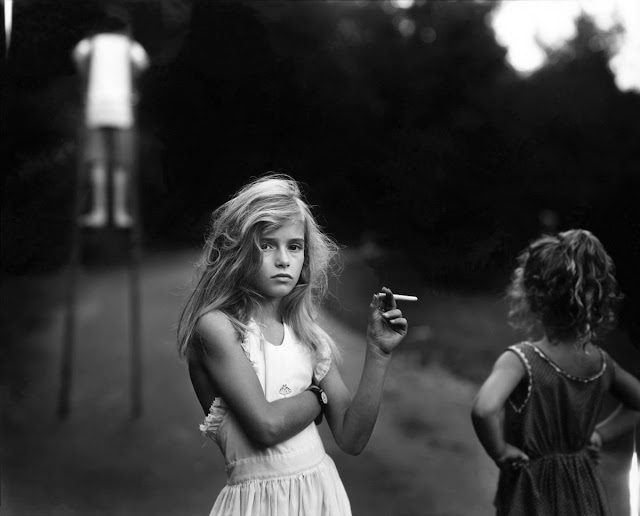Frank Herfort: Modern Russian Architecture
Images of the old Soviet Union usually show bleak and grey buildings and streets. Since the fall of the old empire however, a burst of creative and affluent Russians have transformed the Russian urban landscape into colorful skyscrapers and towering housing projects. In his book "Imperial Pomp: Post Soviet Highrise", Frank Herfort's feature this new wave of Modern Russian Architecture.
Frank Herfort is a professional photographer based in Moscow and Berlin. His current project is a long-term documentation of the bizarre and beautiful new buildings in post-Soviet Russia and her neighboring countries. Herfort spent five years to travel to 20 cities around the former Soviet Union, photographing 150 grand buildings that have been constructed since the fall of the Soviet empire.
Herfort focused on the futuristic designs of these new skyscrapers, but in some photographs, there are also hints of the old Soviet influences. Wooden houses and forgotten playgrounds sit beside humongous housing complexes and neon buildings. According to Herfort, “I was always fascinated with the new Russian architecture and especially with the huge, very colorful and strangely shaped skyscrapers, that appear to have been thrown down to earth by the gods, set against sleepy, surrealistic backdrops.”
At the time of the Soviet Union, emphasis was placed on simple and utilitarian designs. Buildings, especially housing projects, were designed in a way that was easier to replicate and construct. Excessive decorations were frowned upon, which gave many buildings a square and simple look. This emergence of Stalinist Architecture led to a uniform view of many Soviet cities, giving the urban landscape a rather grey and monotonous look, especially towards the end of the Soviet Union.
After decades of communist governance, the Russian Federation was formed, allowing for more freedom with regards to urban architecture. Many enterprising high-ranking Soviet officials now had the financial capability to construct more grandiose buildings. Although the 1990s was still a turbulent economic period for Russia, many cities experienced a construction boom in terms of the number of new construction projects as well as in their architectural design.
This construction boom not only happened in Moscow, but in other former Soviet states. For example, Astana, the new capital of Kazakhstan, was meticulously planned to show off its emergence as a 21st metropolitan city. A number of old Soviet style buildings have been demolished to make room for more modern constructions.
As shown in these photographs, post-Soviet architecture is characterized by a lot of pomp and splendor. Newer high-rises no longer exhibit the old utalitarian designs, instead opting for stranger and more exotic designs. Even after two decades after the Soviet Union's collapse, there's still a flair for showing off after all the squares and greys of the past century.
This is Frank Herfort's website. His collection of modern Russian Architecture photographs is available in the book Frank Herfort: Imperial Pomp: Post Soviet Highrise. For a more somber take on city photography, have a look at Gabriele Croppi's Urban Landscapes in Black and White and Kevin Bauman' 100 Abandonded Houses of Detroit.











Really beautiful works of art, typically un-Russian!
ReplyDeleteThose are cool buildings!
ReplyDeleteamazing... thankyou i can see this post
ReplyDelete"Beautyful works of art" might not be the first term that comes to your mind, looking at these building projects. Urban planning disaster, more likely... It seems inevitable to repeat the mistakes done so many times before. A very interesting and unusual book, though.
ReplyDeleteLars Bekken, Architect.
amazing post
ReplyDeleteRussia is beautyful!
ReplyDelete